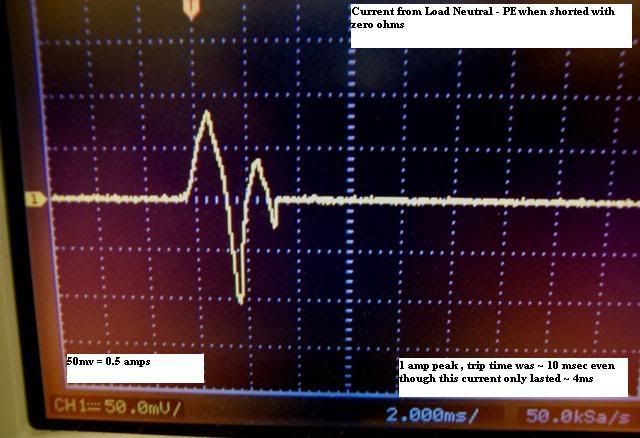- Location
- Bremerton, Washington
- Occupation
- Master Electrician
I am trying to determine if a portable generator with an integral GFCI will have the GFCI trip if there is a neutral to ground connection.
If this is the case, this generator, when used with a Manual Transfer Switch, with a portable cord and plugged into the generator the GFCI will trip.
So if you have a portable generator, with a 30 amp 120/240 volt receptacle, can you connect a jumper from neutral to ground at the receptacle to see if it trips the GFCI? Mike Holt and I were discussing this and this is what he recommended for a test.
Thanks
If this is the case, this generator, when used with a Manual Transfer Switch, with a portable cord and plugged into the generator the GFCI will trip.
So if you have a portable generator, with a 30 amp 120/240 volt receptacle, can you connect a jumper from neutral to ground at the receptacle to see if it trips the GFCI? Mike Holt and I were discussing this and this is what he recommended for a test.
Thanks



